The Immersive Technology in Entertainment Market is currently characterized by a dynamic competitive landscape, driven by rapid technological advancements and evolving consumer preferences. Major players such as Meta Platforms, Inc. (US), Sony Corporation (JP), and Microsoft Corporation (US) are at the forefront, each adopting distinct strategies to enhance their market positioning. Meta Platforms, Inc. (US) focuses on expanding its metaverse initiatives, emphasizing user engagement through virtual reality (VR) experiences. In contrast, Sony Corporation (JP) leverages its strong foothold in gaming and entertainment, integrating immersive technologies into its PlayStation ecosystem. Meanwhile, Microsoft Corporation (US) is enhancing its cloud-based gaming services, which suggests a strategic pivot towards digital transformation and accessibility in immersive experiences.
The market structure appears moderately fragmented, with a blend of established corporations and emerging startups. Key players are increasingly localizing manufacturing and optimizing supply chains to enhance operational efficiency. This collective influence of major companies fosters a competitive environment where innovation and strategic partnerships are paramount. The interplay of these tactics not only shapes market dynamics but also influences consumer adoption rates of immersive technologies.
In August 2025, Meta Platforms, Inc. (US) announced a partnership with several leading game developers to create exclusive VR content for its Oculus platform. This strategic move is likely to bolster its content library, enhancing user engagement and retention. By focusing on exclusive offerings, Meta aims to differentiate itself in a crowded market, potentially increasing its market share in the VR segment.
In September 2025, Sony Corporation (JP) unveiled its latest VR headset, which integrates advanced haptic feedback technology. This innovation is expected to elevate user immersion, aligning with the company's strategy to enhance the gaming experience. By investing in cutting-edge technology, Sony reinforces its commitment to maintaining a competitive edge in the entertainment sector, appealing to both gamers and developers alike.
In October 2025, Microsoft Corporation (US) launched a new cloud gaming service that incorporates AI-driven recommendations for users. This initiative not only enhances user experience but also signifies Microsoft's focus on leveraging artificial intelligence to personalize gaming. Such advancements may position Microsoft as a leader in the integration of AI within immersive technologies, potentially reshaping user interactions in the entertainment landscape.
As of October 2025, current trends indicate a shift towards digitalization, sustainability, and AI integration within the immersive technology sector. Strategic alliances among key players are increasingly shaping the competitive landscape, fostering innovation and collaboration. Looking ahead, competitive differentiation is likely to evolve, with a pronounced emphasis on technological innovation and supply chain reliability, rather than solely on price. This transition suggests that companies will need to invest in R&D and strategic partnerships to remain relevant in an ever-evolving market.
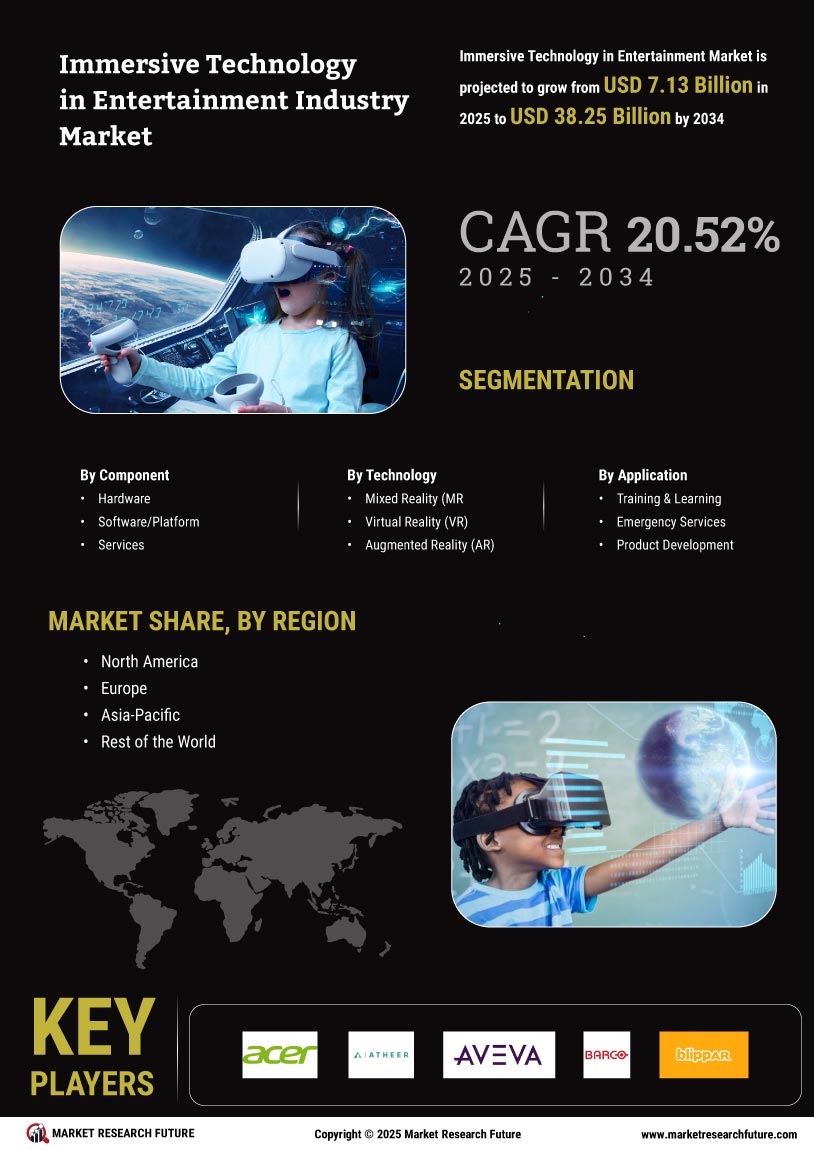

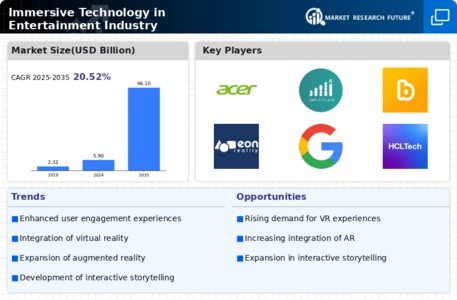
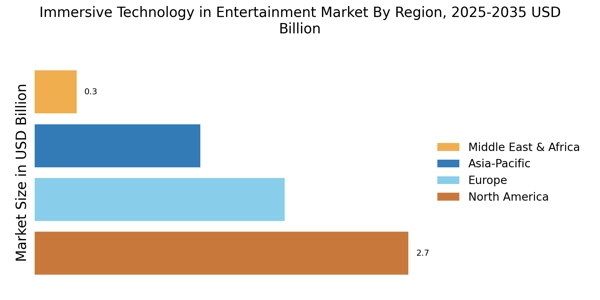




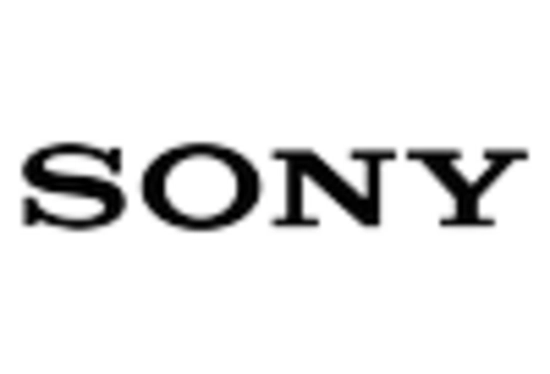
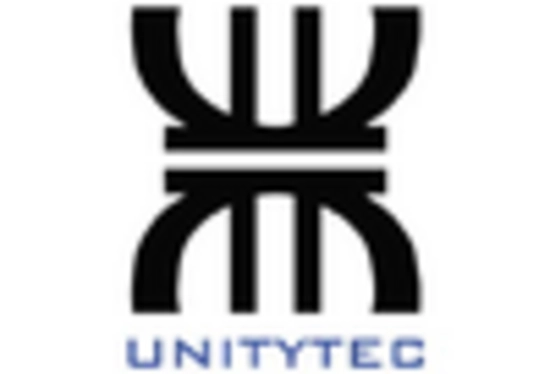








Leave a Comment